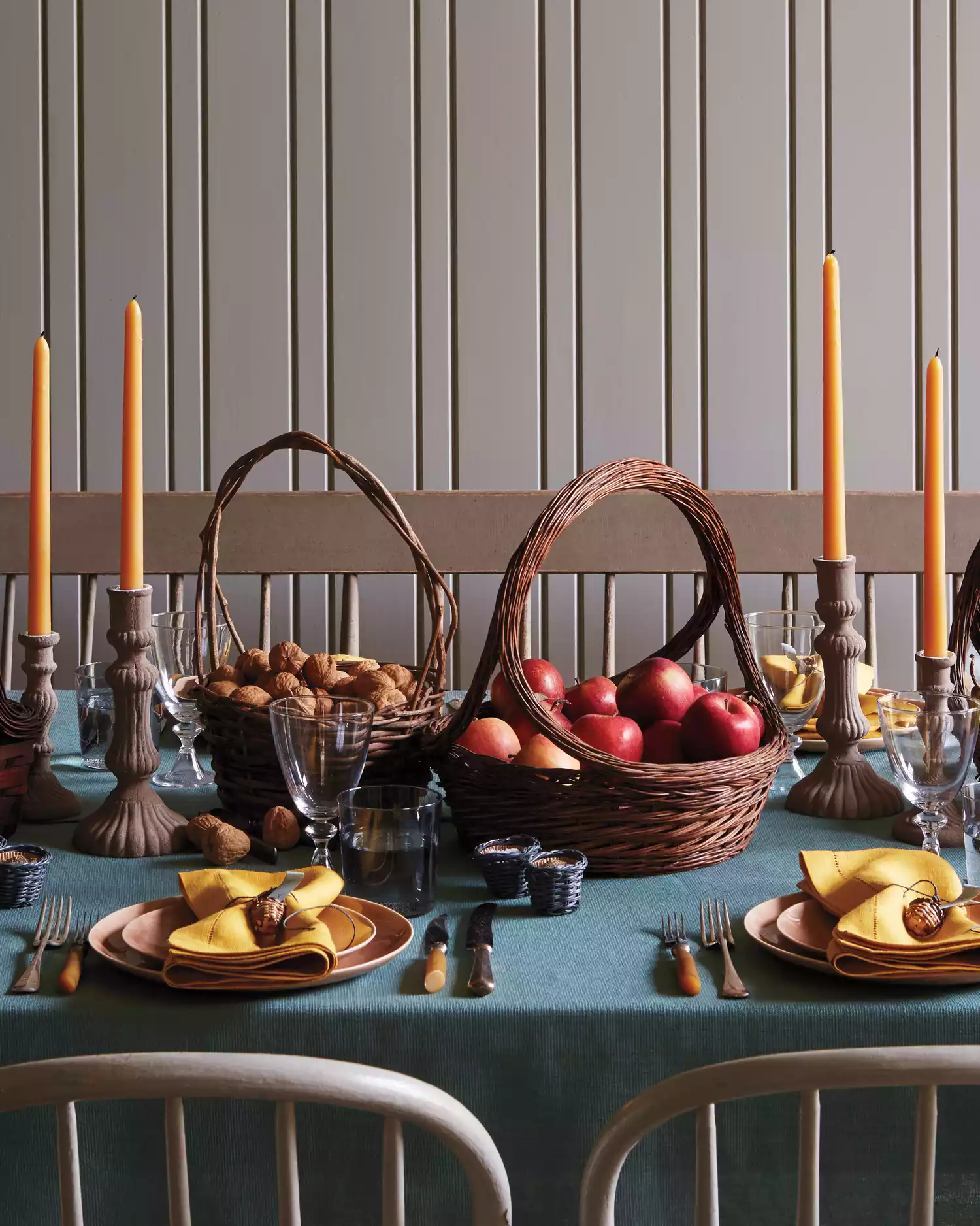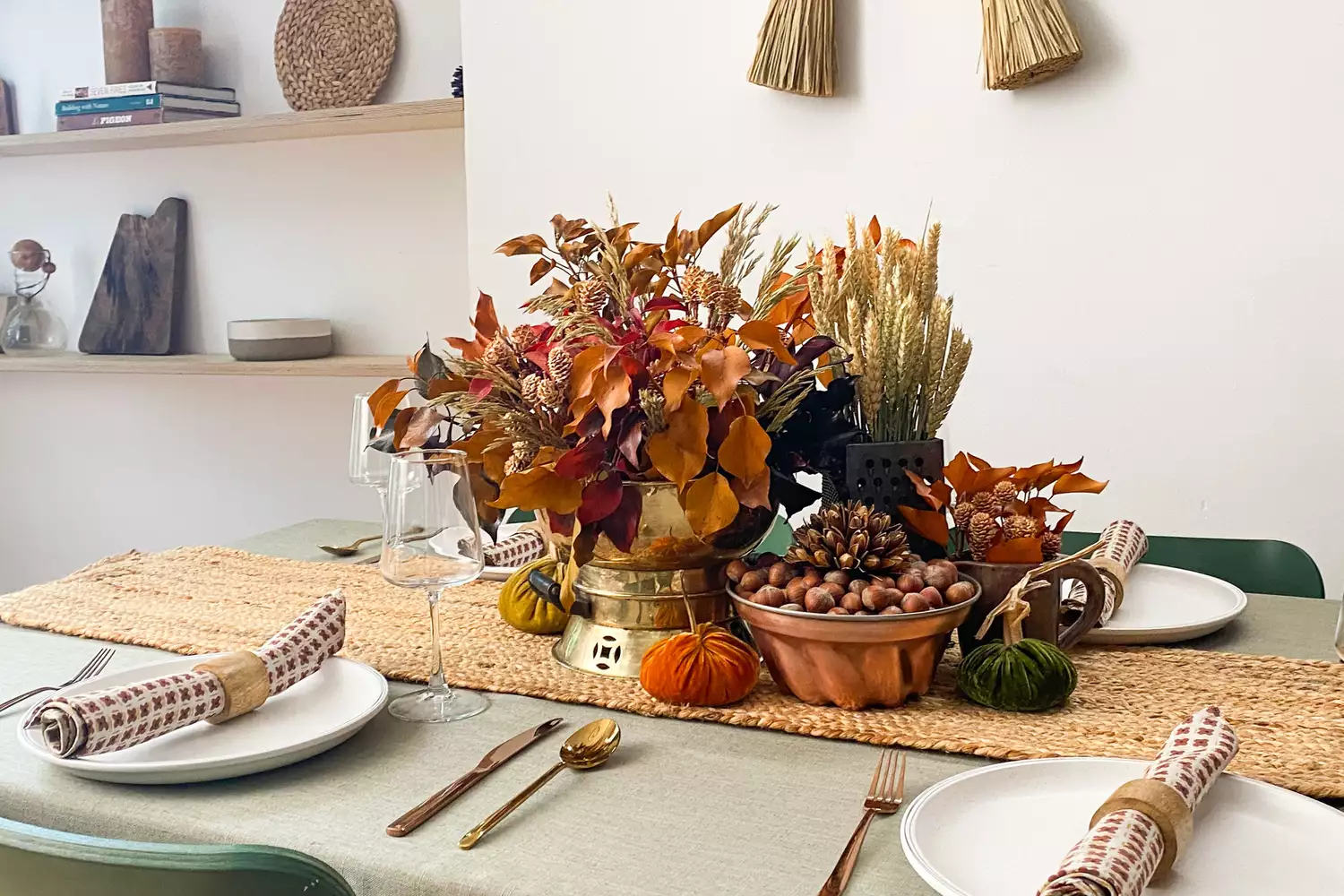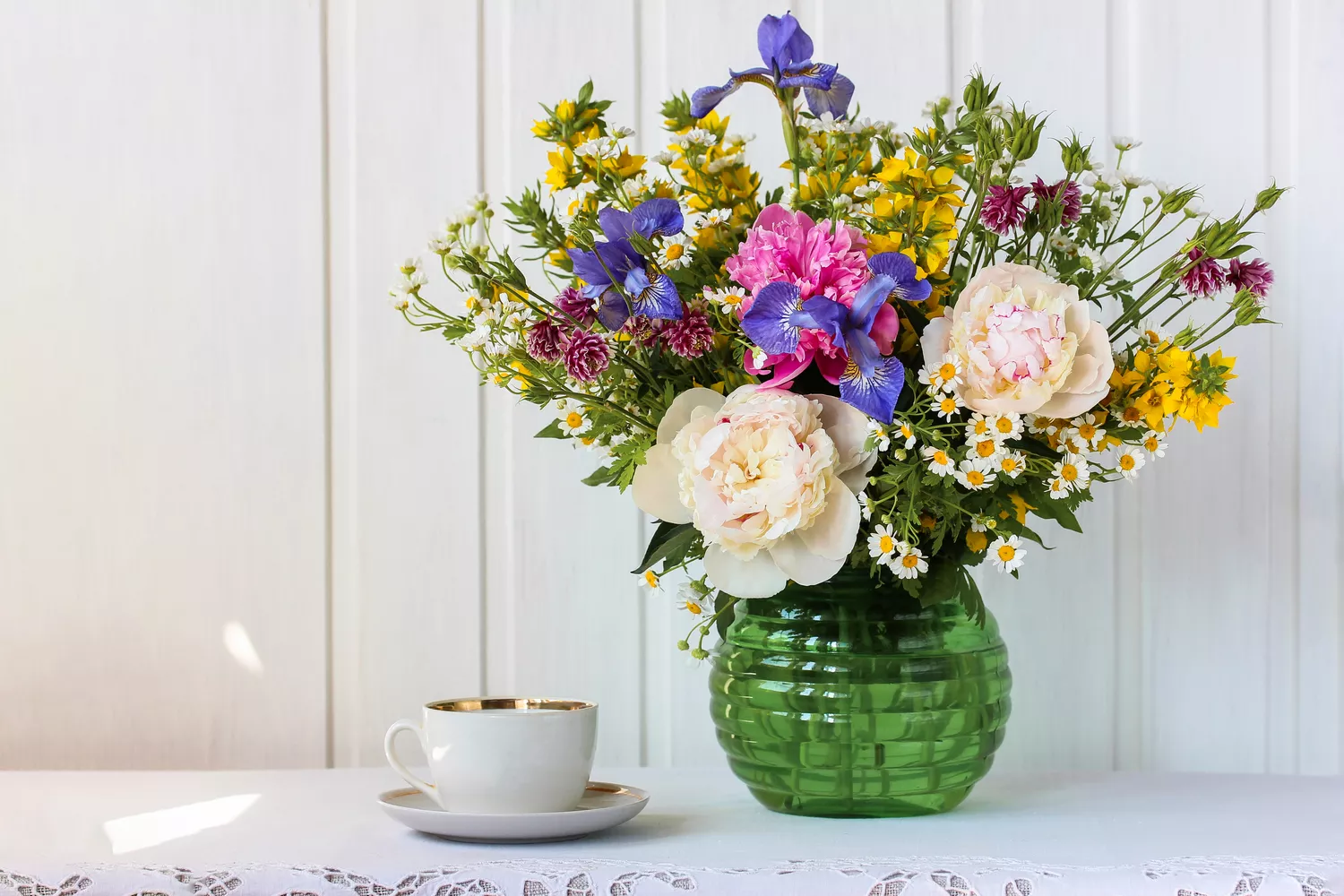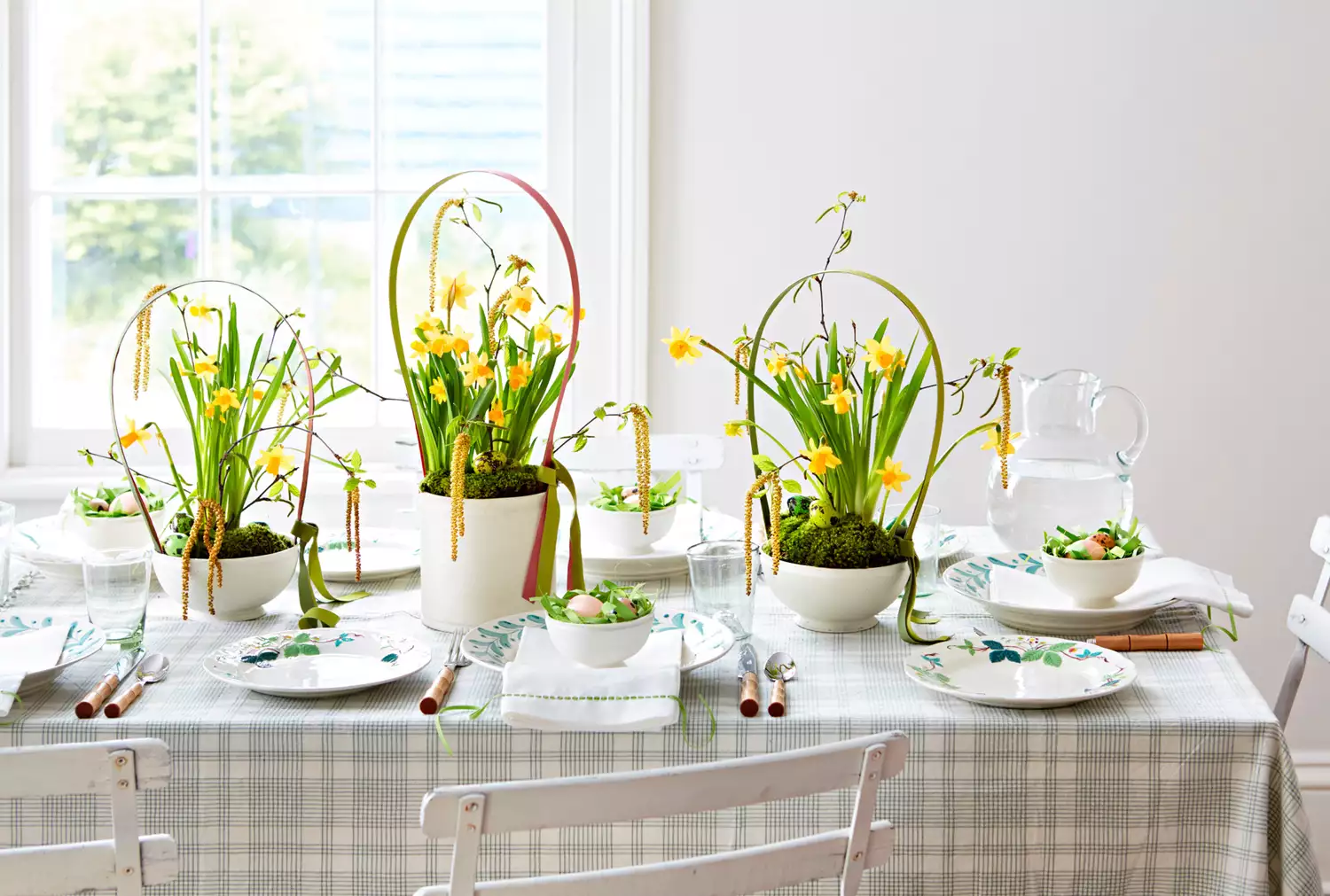Thanksgiving is all about the food, which is why using in-season fruit and vegetables in your focal point is an easy and vibrant method to highlight the harvest principle. Design a collection that fits your table setting, for the holiday or the overarching season, with these easy steps from floral designer Kory Garvis of Springvale Floral.
Think About Your Personal Style
When preparing your centerpiece, think about three main elements: size, color, and total visual, which Garvis states all depends on your vision. “For size, think about where it is going, and if it will be among many other dishes or the focal point on a table,” she states. “For color, analyze what you’re preparing to work as well as the servingware you will be utilizing– do you like a contrast, or do you prefer to keep to a muted color style?”

These factors can also be figured out by your own taste and holiday design: “Choose an aesthetic to match your personal design and home,” says Garvis. “Are you more modern-day and minimalist or classic and standard?”
Pick Your Ingredients
Select a mix of autumn produce in a variety of shapes and colors when trying to find fruits and vegetables to fill your harvest centerpiece with.
Fruits
From red-and-green apples and purple plums to golden quince and jewel-toned figs, fruit will provide all the motivation you need to get started. Select underripe portions of juicy fruits to extend your centerpiece’s life.
Vegetables
Sculptural leafy greens, variegated gourds, brilliant pumpkins, rainbow chard, and globes of radishes and turnips offer seasonal textures and tones that contrast with fragile fruits. For vegetables, Garvis suggests leaning into one veggie in specific: “Squash– with all the different types and shapes and colors, these include a fun aspect to the tablescape,” she states. “Bonus: If you cut from the farm and keep the vine connected, you have an included element that will be incredible in your end product.”
Develop Your Centerpiece
When you have actually collected your fruits and vegetables, it’s time to use them to produce something lovely. Garvis recommends utilizing color to make lines in your plans, which will develop a flow for your eye line and causes intrigue. “I would develop clusters of your picked vegetables and fruits down the length of the table to produce a complete harvest aesthetic,” she says.
Start Early
Put your centerpiece together the day before the celebration, which will leave yourself time to fix anything that doesn’t work. “To keep it fresh, keep it out of direct sun and heat, and mist the vegetables and fruits with lemon water– as you would apple slices– to keep them from browning,” states Garvis.
Think about Structure
As you put your focal point together, Garvis says a big thing to think about is weight and balance. “Fruit and veggies can be much heavier than florals, so you will need to have a sturdy base to support the weight of, say, pomegranates or squash,” she states. Using thick gauge flower wire to secure fruits or vegetables to the base of an arrangement includes stability, but a more casual plan works with the joyful environment, too.


